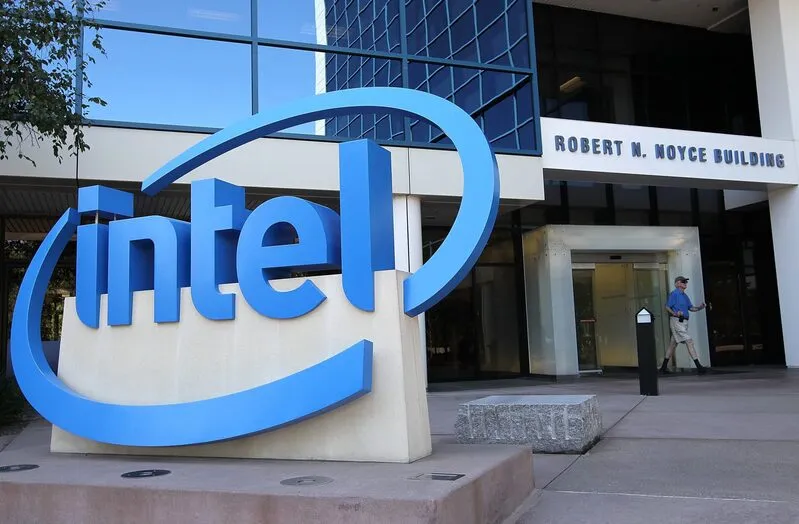The Intel Corporation (INTC) has announced layoffs in the US and India to help lower expenses. Over the last several years, the company has lagged behind others. big tech, after being a staple in that sector in the early 2000s. As a result, Intel has needed to change up its leadership, cut jobs, and overhaul its business model as a whole.
Intel India is a significant part of Intel Corporation, serving as its largest engineering site outside the US. However, reports have emerged that the company is laying off 15-20% of its workforce, affecting thousands of employees. Intel is also laying off several employees in Oregon, USA, according to a Tuesday announcement. Intel plans to eliminate 529 Oregon jobs by July 15, according to a notice filed with state workforce officials. Oregon is Intel’s largest site anywhere, employeeing roughly 20,000 people.
Additionally, Last month, Intel disclosed plans to lay off 271 employees in California. It notified officials in Arizona on Monday that it plans to lay off 172 people there. “Removing organizational complexity and empowering our engineers will enable us to better serve the needs of our customers and strengthen our execution,” Intel said Monday in a statement on this week’s layoffs. These cuts represent the third major layoff round in the per ..
Furthermore, Intel (INTC) is also discontinuing its automotive technology business and laying off most of the workers in that segment. Automotive is not among Intel’s largest businesses, but the company has processors in 50 million vehicles, and is another area where spending is high.
Also Read: Amazon (AMZN) Stock: A Surge From Prime Week Expected?
Despite the layoff concerns, investors are hopeful that these layoffs will help INTC stock, and have sent the shares up today. Intel stock rose over 7% on Tuesday, and its efforts to cut costs and save profits are respected amongst investors. However, while cost-cutting will help boost its bottom line, it must focus on regaining market dominance and catching up to its competitors. The chipmaker’s market share has fallen to 65.3% in Q1 2025, the lowest level since 2002, as competitors like AMD keep gaining ground.






